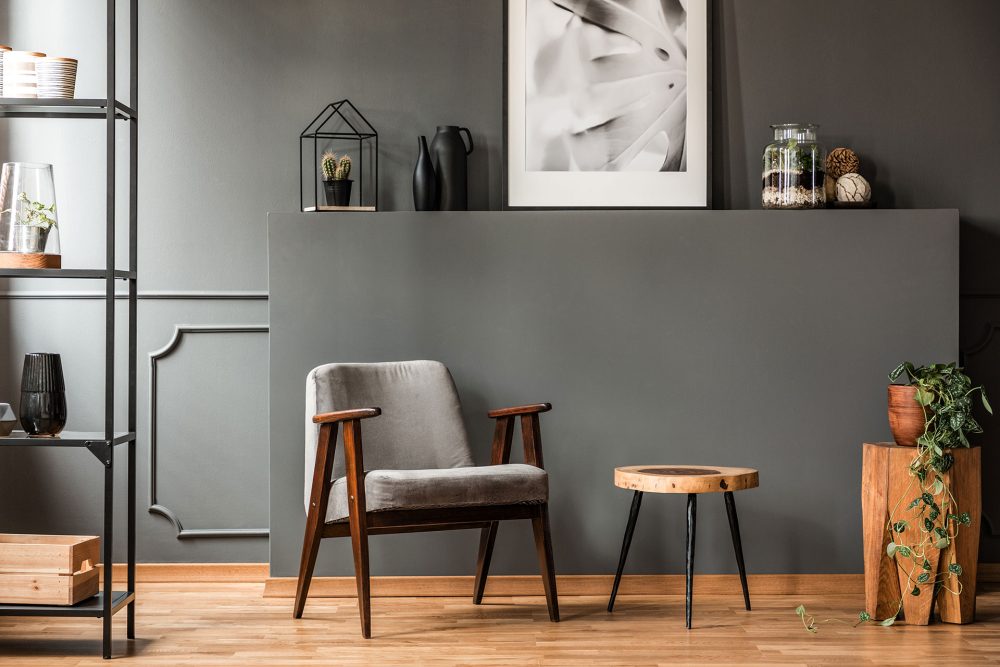Sofa market and Recliners in Europe

EUROPE IN THE GLOBAL SOFA
Europe is the headquarter of some of the biggest and most important upholstered furniture global players. 15 out of the top 43 upholstered furniture manufacturers worldwide are located in this area. European manufacturers are recognized worldwide for their quality, their creative capacity for innovative designs and responsiveness to changing demands. The European upholstered furniture is characterized by the presence of companies with strong brands on an international scale.
Europe accounts for 40% of world imports and 30% of world exports of upholstered furniture, after the Asian Pacific region. Three European countries, Poland, Italy and Germany, are the main exporting countries at a global level, followed by China, although at a distance.
INTERNATIONALIZATION
European upholstered furniture production became more global in the sense that several European companies integrated the value chains internationally and started producing outside Europe. Upholstered furniture production is one of the highest labor intensive segments within the furniture sector. Production localization is influenced, among other factors, by the convenience in sourcing labor, which makes some countries more competitive than others. This factor has reshaped the sector geography and is continuously affecting companies’ decision making and investment strategies related to the localization of the upholstered furniture production.
The internationalization of the sector is also reflected in the higher degree of market openness, if compared to other furniture sectors (e.g. the kitchen furniture and the office furniture sectors).
PRODUCTION DEVELOPMENT
If we take the last decade as a reference period, the value of the European upholstered furniture production reduced by 14%. This decline highlights a structural downsizing and a natural selection process occurring in the sector under the pressure of globalization, the crisis effect, the competition of low cost of labor countries and the changing organization models (i.e delocalization of production).
When looking instead at the last few years, the value of production shows an increasing trend. Since 2011, the European upholstered furniture production grew by around +7%. This is the combined effect of a positive performance both on the export and domestic markets, driven in particular by Poland, but also thanks to the recovery in traditional manufacturing countries.
THE PRODUCTIVE SYSTEM
The European upholstered furniture industry is very fragmented, including a plethora of SMEs. The level of concentration is not very high, compared with other segments or with other countries (e.g. the US, where a number of large companies has important shares on production). Top 50 manufacturers of upholstered furniture accounted for around 41% of the European supply.
DEVELOPMENT OF THE EUROPEAN UPHOLSTERED FURNITURE MARKET
In 2016 European consumption of upholstered furniture was worth EUR 13 billion, growing by around 6% over 2011. The market benefitted from an improved economic environment in Europe. European GDP increased by around 6% in real terms between 2011 and 2016. The growth of private consumption expenditure reached a 5-years peak in 2016 and also investment in residential construction increased in the past three years. Over the last five years market performances have been significantly different across different countries.
IMPORT PENETRATION
Commitment to open trade and globalization has impacted the European upholstered furniture market in a notable way over the last decade. Since 2000, Europe has almost doubled its imports of upholstered furniture.
When looking at the last few years, European imports of upholstered furniture increased by 21% between 2011 and 2016. Imports have been increasing for two main reasons: • prices for products sourced in countries with low labor costs can be significantly lower than those sourced in Europe • the delocalization and reimportation activities of European companies.
RECLINERS FROM FRANCE TO THE USA
The idea of reclining furniture originated in France mid-19th century. It is said, that the first reclining chair was built for Napoleon III. Built with a portable steel frame, early recliners were designed to function as a chair, chaise lounge, and bed all in one.
The first recliner armchair was invented in the United States in the 1920s. Knabush and Shoemaker, two American cousins, are credited with gaining a patent on a wooden recliner. Issued in 1928, the patent led to the founding of the US upholstered furniture manufacturer, La-Z-Boy. In 1930, Knabush and Shoemaker patented an upholstered model with a mechanical movement. In the 1960s a US furniture maker named Daniel Caldemeyer earned the titled of ‘father of the modern recliner’. He attained his ‘rocket recliner’ based on the knowledge of kinetic science while serving in the air force.
The recliner sofa industry developed in the United States from relatively simple designs to more complex motorized and power actuated models and then it spread also worldwide, driven also by techno logical development. Upholstered furniture manufacturers have developed sofas that can be reclined to any inclination between a sitting position and a flatbed position to increase the degree of customization, instead of a single “one size fits all” inclination. Manufacturers of recliner sofas have capitalized on this trend by offering a product featuring relaxation, comfort and luxury and adding optional features, ranging from the swivel and rocking functions to dropdown tables with overhead LED lighting, USB ports, power outlets for external devices, touchpad controls.
DEVELOPMENT IN EUROPE
The recliner/motion segment production increased its importance also in the European upholstered furniture industry with European manufacturers entering this market segment. Ekornes introduced the first Stressless® chairs to the Norwegian market in 1971. During the last five years, recliner/motion sofas achieved a growing popularity among consumers.
The penetration of recliner/motion sofas varies among European markets. The largest markets are Germany, where some of the largest players are located, France, and the United Kingdom. A large share of the European motion market is also satisfied by Chinese products sold by importers such as Global Furniture Alliance and Sofa Source. Typical imported products are leather or artificial leather covered sofas, mainly sold to large retail chains.
